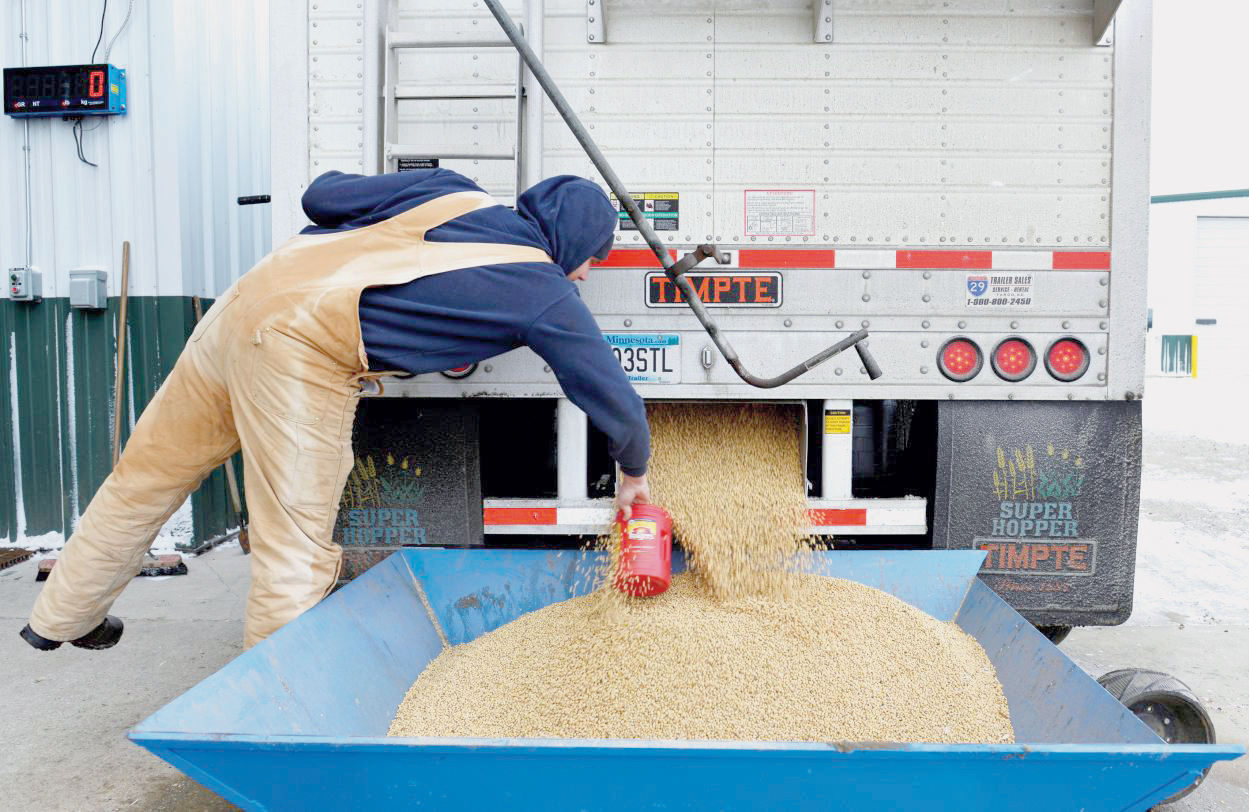

A financing drought may crack farmers’ loyalty to Donald Trump. The US president’s trade war has evaporated export markets for a number of crops, leaving growers struggling even more than before. Sales of soybeans, the biggest US agricultural export to the Middle Kingdom, were down 98 per cent through mid-November 2018, according to Deutsche Bank. Wheat, pork and cherry sales have also been hurt. The Trump administration set aside $12 billion to offset the pain, but only about $840 million has been doled out.
Yet people in rural US states have largely stuck by Trump. Montana farmer Lyle Benjamin told Breakingviews that he supports the president’s efforts to take on China. That echoes the general feeling among his peers, who tend to agree with the president’s criticisms of China’s unfair trade practices and believe he can deliver a better deal. They’ll take heart from the US-China détente at December’s G20 summit. Trump said the People’s Republic will immediately start buying US agricultural products. But Beijing has not confirmed that — and its 25 per cent tariff remains.
Benjamin also noted, though, that credit has become tight and many farmers have used what liquidity they had. In the first few months of 2019 they’ll be looking for financing for the next harvest.
Thanks to tariffs worsening the pain low commodity prices have already inflicted, it’ll be hard to get. US net farm income in 2018 is expected to almost halve to $66.3 billion compared to five years ago, according to US Department of Agriculture forecasts. During that same period, farm debt rose by 30 per cent to $410 billion.
That has pushed the farm sector’s return on assets down to 2.6 per cent, well below the nearly 30-year average of 7.1 per cent. Interest rates and delinquencies on agricultural loans are steadily increasing. In the year to the end of June, farm bankruptcies in the Midwest more than doubled to 84 compared to two years ago, according to the Minneapolis Federal Reserve.
US farmers will be at a bigger disadvantage when the new Trans Pacific Partnership goes into effect at the end of 2018. It no longer includes the United States, and American products face higher tariffs than competitors. Without a quick resolution to trade tensions, farmers’ doubts about Trump may start to grow like a weed.
The White House said on December 1 that China has undertaken to immediately start buying US agricultural products after the two sides agreed to pause their trade war. The Chinese government hasn’t confirmed the move; a 25 per cent tariff imposed on US soybeans and other goods remains in place.
US net farm income is expected to fall by almost 50 per cent compared to five years ago to $66.3 billion in 2018, according to US Department of Agriculture forecasts. During that same period, total farm debt has risen by 30 per cent to $409.5 billion.
The ratio of farm debt to income could reach 3:1 this year, the highest since 1983. — Reuters
Oman Observer is now on the WhatsApp channel. Click here



